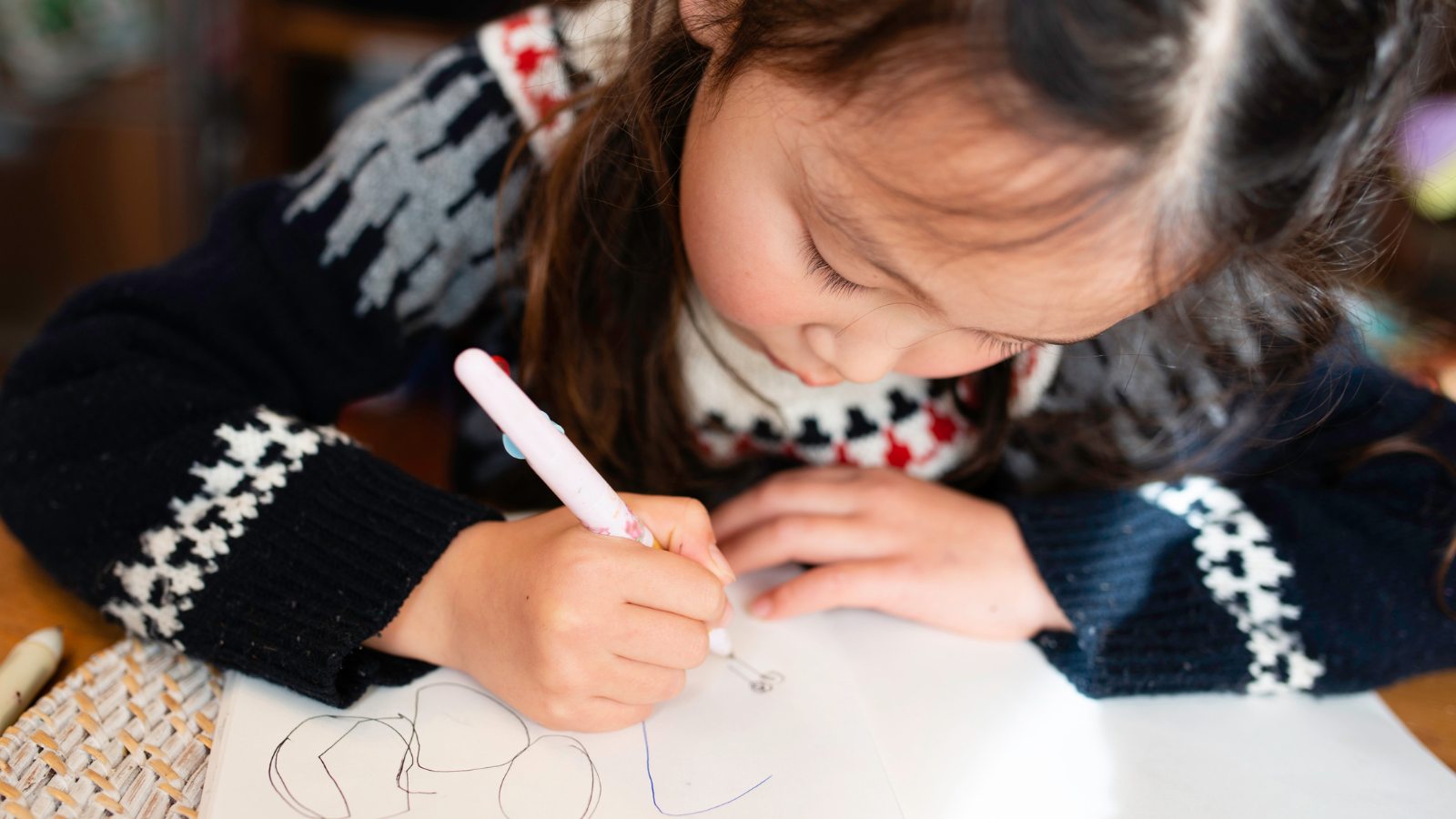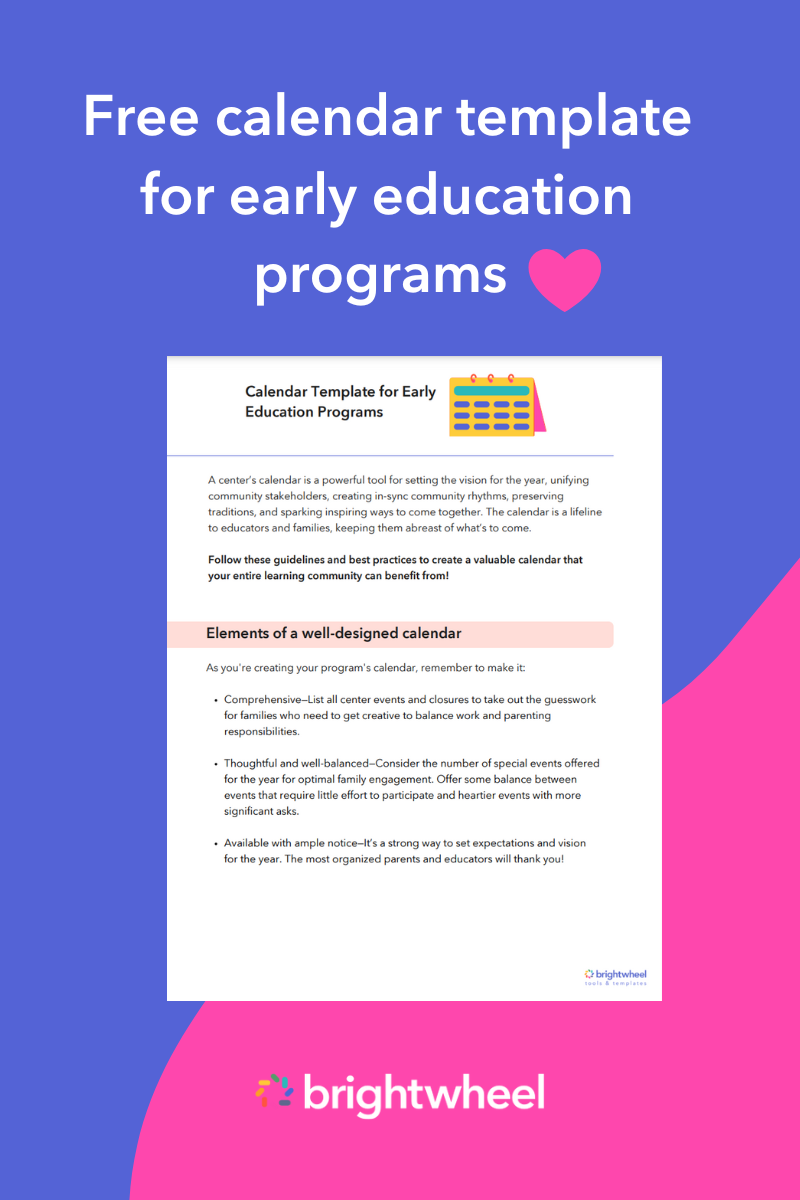
From the moment they're in the womb, a child begins to learn the rhythms and sounds of language. Studies have indicated that reading to a baby in utero helps stimulate brain activity and supports early literacy and language development. These literacy skills continue to develop after birth as you read, sing, and talk to children.
As children grow older and their language skills develop more, their oral language skills can directly impact their literacy. Literacy includes various skills such as reading, writing, listening, and speaking, and focuses on the ability to use and understand symbols and written words as a form of communication. At the same time, language is the ability to understand and use spoken words. Children with strong verbal language skills tend to learn to read and write more easily and ultimately perform better in school.
Together, language and literacy skills make up what educators and researchers call emergent literacy, which embraces how children learn and develop the skills that eventually lead to reading and writing. In this article, we'll discuss the importance of emergent literacy and how to promote these skills within your classroom and lessons.
What is emergent literacy?
Emergent literacy is the development of literacy skills at an early age, even before a child starts formal schooling. It encompasses listening, speaking, reading, and writing. As a key component of early childhood education, emergent literacy involves children learning and developing literacy skills by listening and interacting with the world around them. It also focuses on how young children approach and respond to reading and writing activities.
Because emergent literacy begins at birth, children will learn new skills and reach developmental milestones at different times. Things like telling a child nursery rhymes from birth, reading to them, playing music for them, and singing to them can positively impact their ability to read and write later on. As a result, children who consistently interact with these activities are more likely to develop larger vocabularies, be better readers, and perform better in school. As their teacher, you can also provide children with intentional learning experiences that make them better readers.
The importance of emergent literacy
In early childhood, emergent literacy plays a crucial role in laying the foundation for future reading and writing skills. Emergent literacy refers to the skills and knowledge that children develop before they can read and write conventionally. It encompasses a wide range of abilities, including language development, phonological awareness, print awareness, and vocabulary acquisition. Here are some key benefits of nurturing emergent literacy:
Language development
Emergent literacy activities, such as storytelling and interactive conversations, provide children with ample opportunities to explore language. Engaging in rich language experiences helps children expand their vocabulary, develop sentence structure, and improve their overall communication skills. This strong language foundation serves as a stepping stone for later reading and writing success.
Phonological awareness
Phonological awareness refers to the ability to recognize and manipulate the sounds of spoken language. Activities like rhyming games, sound matching, and clapping syllables help children develop this important pre-reading skill. Research has shown that children with strong phonological awareness tend to become more successful readers. By promoting phonological awareness during the emergent literacy phase, you can empower children to decode words and make meaning from text.
Print awareness
Print awareness involves understanding the characteristics and functions of written language. By exposing children to books, signs, labels, and environmental print, they can recognize that written symbols carry meaning. Through activities like shared reading and pointing out print in their surroundings, children start to grasp concepts such as letters, words, sentences, and the left-to-right directionality of reading. Print awareness paves the way for later reading comprehension and fluency.
Vocabulary acquisition
Vocabulary is a key component of literacy. The more words children know, the better equipped they are to understand what they read and express themselves in writing. During the emergent literacy stage, providing children with a rich language environment, introducing new words, and engaging in meaningful conversations helps expand their vocabulary. As children encounter familiar and unfamiliar words in various contexts, they develop a stronger word knowledge base, which aids in reading comprehension and expressive language skills.
Love for reading
When children are exposed to books, stories, and engaging literacy experiences from an early age, it fosters a love for reading. Cultivating a positive attitude towards reading sets the stage for a lifelong habit of seeking knowledge and enjoyment through books. By making reading a pleasurable and interactive experience, children develop their sense of wonder, curiosity, and a desire to explore the world of literature.
How to promote emergent literacy in the classroom
In the early years of a child's education, teachers play a vital role in fostering emergent literacy skills. By creating a literacy-rich environment and implementing effective strategies, teachers can set the stage for future reading and writing success. Through intentional planning, engaging literacy activities, and meaningful interactions, teachers can create a classroom that nurtures and encourages emergent literacy.
With brightwheel's Experience Curriculum, you can save your teachers' valuable time and support child development with a high-quality curriculum system that combines digital lessons in the brightwheel app with hands-on learning materials mailed to you. The flexible lesson plans integrate 35 research-based skills into daily learning activities with daily embedded assessment to monitor each child's growth.
Establish routines
Children thrive with routines and schedules. Much like the routines they rely on at home, you can also incorporate routines and practices into developing their emergent literacy skills in the classroom. Make reading and writing a natural part of your daily schedule so that children can learn and become familiar with specific words, objects, and activities. This anticipation of events is a great way to reinforce language, reading, and writing concepts.
Read often
Reading is a critical part of promoting emergent literacy in the classroom. One activity that's helpful in this development is reading aloud. The more children are exposed to reading aloud, the better they get at reading comprehension and pronouncing and sounding out unfamiliar words. To ensure this is a comfortable, productive, and fun experience, choose a book that interests the child and aligns with their skill level. Incorporating movements and sounds and acting out the plot can also be helpful.
Practice oral language skills
Oral language refers to speaking and listening and is one of the best ways to support emergent literacy. Oral language activities drive imagination through storytelling and create the space for children to communicate their thoughts and feelings and express themselves. Concentrating on what interests them keeps them engaged in the activity. You can also incorporate tongue twisters, songs, and rhymes into your lessons to encourage phonological awareness and teach children how sounds work.
Encourage conversation
As children learn about different topics and gain new interests, it's great to expand on them. Keep the conversation going by allowing the class to ask questions or go into more detail about a particular word or subject. For example, if you're reading to the children, ask them questions about the illustrations in the book or add details and descriptions to spark their imagination.
Incorporate pre-writing activities
Emergent literacy also encompasses early writing skills. Although children are still learning how to write letters, incorporating pre-writing activities such as playing with play dough and making scribble drawings, helps them develop the skills they need to physically and mentally prepare for writing. Things like learning to hold a pencil correctly and practicing forming shapes and lines will get them moving in the right direction. Encourage them with activities that get them excited to write, whether it's tracing letters or creating shapes with play dough.
Help your students develop emergent literacy skills
As an educator, you play an essential role in helping your students develop their language and literacy skills. By recognizing the importance of emergent literacy, you can empower young learners to become confident, skilled readers and writers. By creating a literacy-rich environment and providing ample opportunities for language exploration, you can pave the way for a lifelong love of learning and set children on a path towards literacy proficiency.
Brightwheel is the complete solution for early education providers, enabling you to streamline your center’s operations and build a stand-out reputation. Brightwheel connects the most critical aspects of running your center—including sign in and out, parent communications, tuition billing, and licensing and compliance—in one easy-to-use tool, along with providing best-in-class customer support and coaching. Brightwheel is trusted by thousands of early education centers and millions of parents. Learn more at mybrightwheel.com.

